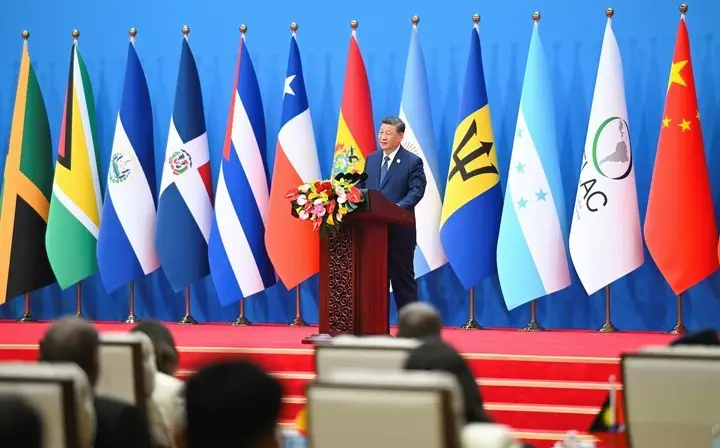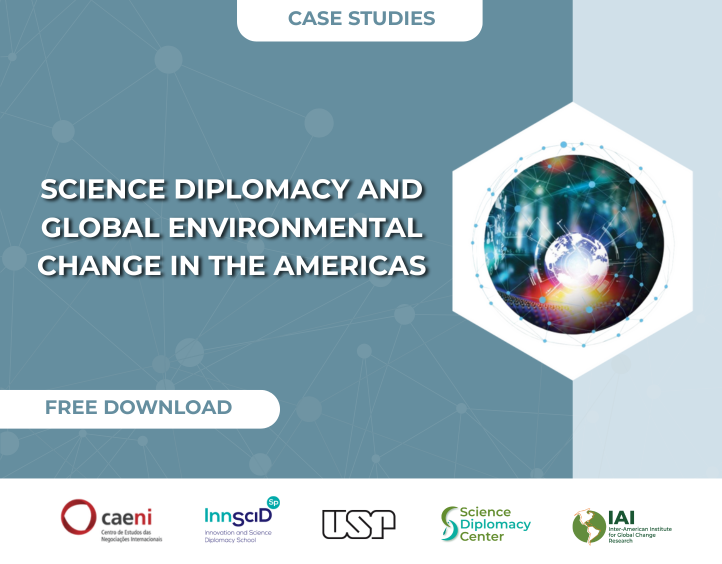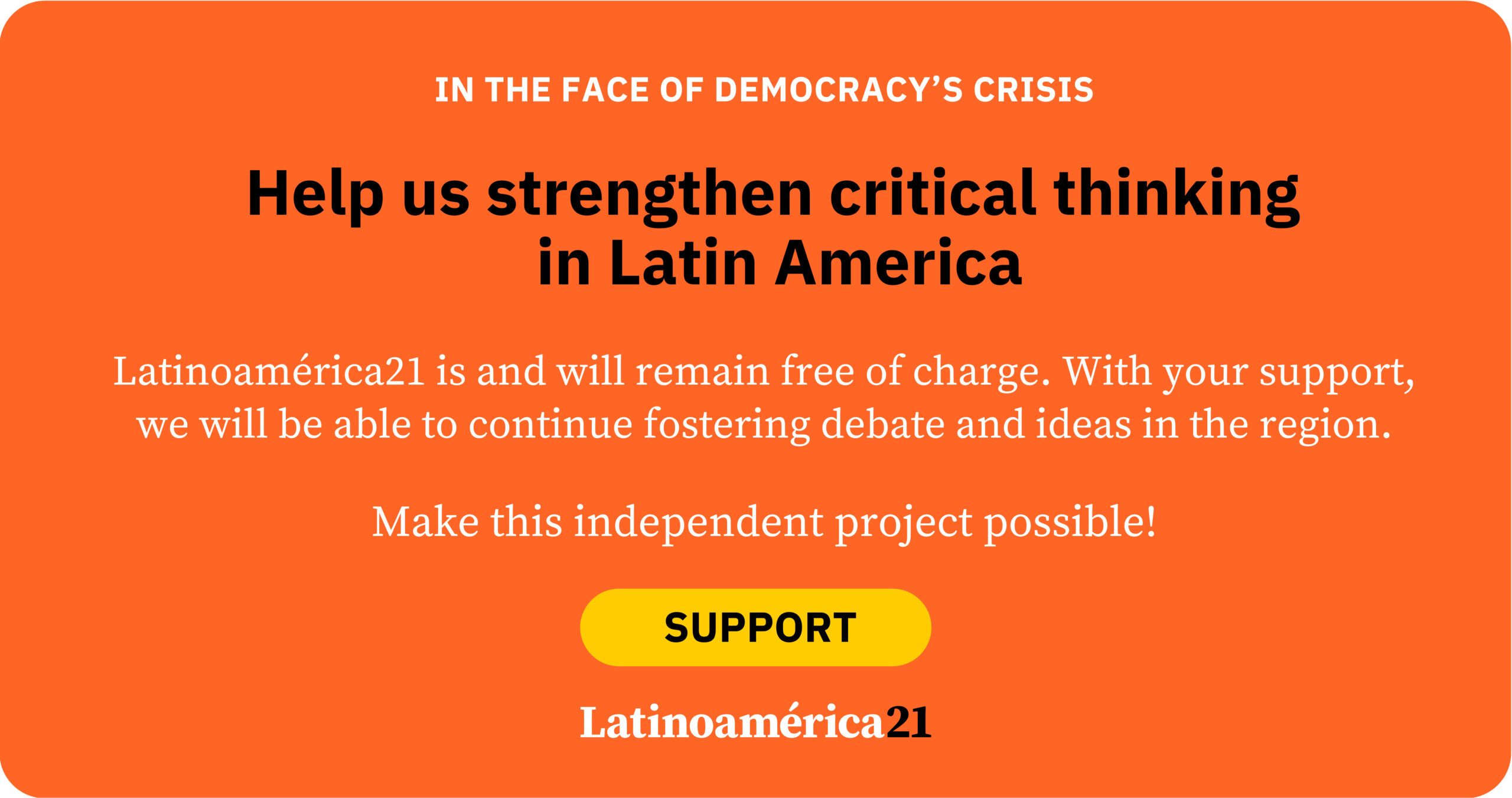Since its inception in 2014, the China–CELAC Forum (FCC) has gone through three key stages that outline its evolution. The first ministerial meeting, held in Beijing in 2015, laid the normative foundation for the mechanism, establishing its intergovernmental and voluntary nature. The second, held in Santiago, Chile, in 2018, consolidated priority areas of cooperation and linked the Forum to the Belt and Road Initiative. The third, held virtually in 2021, updated the agenda in a pandemic context, incorporating new topics such as health, digitalization, and sustainability.
After a period of relative inertia, the Fourth Ministerial Meeting—held on May 13, 2025, in Beijing—represented a turning point both in ambition and strategic scope. It is essential to remember that the Ministerial Meeting constitutes the highest level of deliberation within the mechanism, bringing together the foreign ministers of China and Latin American countries. In this edition, Chinese Foreign Minister Wang Yi presided over the sessions, emphasizing that, as developing countries and members of the Global South, China and Latin America must coordinate efforts to defend their legitimate rights and interests. As a result of the meeting, two key documents were adopted: the Beijing Declaration and the Joint Action Plan 2025–2027, approved by all 33 participating countries—with the exception of Argentina, which chose not to endorse the documents.
Although the FCC is primarily ministerial in design, it occasionally takes on a broader political dimension, with the participation of heads of state and government. Such was the case this time, as the intervention of President Xi Jinping—host and central figure of the meeting—gave the forum a strategic tone and outlined its future roadmap. In the face of global challenges such as unilateralism, trade wars, and the climate crisis, Xi proposed a cooperation architecture based on five strategic programs combining political, economic, social, cultural, and security objectives.
First, the Solidarity Program reflects the political dimension. In this regard, Xi Jinping stated that “China is ready to continue supporting each other with LAC [Latin America and the Caribbean] on matters concerning our respective core interests and major concerns.” This stance contrasts with more restrictive approaches promoted by the United States, such as during the IX Summit of the Americas (2022), where Cuba, Venezuela, and Nicaragua were excluded. Moreover, the Beijing gathering fits into an active diplomatic sequence that includes the G20 summit in Rio (November 2024), APEC in Lima (November 2024), and the upcoming BRICS summit in July 2025, also in Rio. Far from being symbolic gestures, the frequency of these encounters reveals a convergent strategy of global engagement on China’s part, based on sustained regional alliances.
Second, the Development Program encompasses the economic dimension. This pillar aims to promote cooperation in growth, investment, and productive transformation, expanding into strategic sectors such as artificial intelligence, the digital economy, and clean energy. Xi announced a credit line of 66 billion yuan to support regional development, which constitutes not only a financial contribution but also a clear sign of confidence in Latin America amid trade fragmentation and the reconfiguration of global value chains.
Third, the Civilizations Program expresses the cultural dimension in the cooperation agreements. Beijing promotes intercivilizational dialogue grounded in equality, mutual learning, and inclusion. This translates into initiatives such as Latin American Art Seasons in China, joint heritage conservation projects, and comparative studies on ancient civilizations. In a region historically influenced by American cultural ideology, this strategy seeks to diversify symbolic references, strengthen Chinese soft power, and project a more respectful and relatable image in Latin America.
Fourth, the Peace Program underscores the increasingly relevant security dimension. This pillar marks a qualitative evolution in China’s outreach to the region, as it addresses non-traditional security issues from a cooperative standpoint. Based on support for the Proclamation of Latin America and the Caribbean as a Zone of Peace (CELAC, 2014), China proposes to strengthen collaboration in areas such as cybersecurity, counterterrorism, corruption, drug trafficking, and organized crime. This approach reinforces the principles of non-interference and peaceful resolution, aligning with the concrete needs of Latin American states.
Fifth, the People-to-People Program expresses the social dimension. This component consolidates the social connection between China and Latin America through scholarships, technical training, Chinese-language teacher education, and community projects. The inclusion of tourism as a focal point—alongside the upcoming implementation of a visa waiver policy for five Latin American countries—highlights the intention to promote direct exchange between populations.
The five programs outlined by Xi Jinping—solidarity (political), development (economic), civilizations (cultural), peace (security), and people (social)—constitute a comprehensive framework that positions China as a multidimensional partner for Latin America. This strategic vision is grounded in an already robust economic relationship: in 2024, bilateral trade surpassed $500 billion, reaching the goal set a decade ago. In this context, the third edition of the White Paper on Latin America and the Caribbean is expected to be published soon, a document that will complement the commitments made in the final declaration and the Action Plan adopted in Beijing.
Thus, the Fourth Ministerial Meeting of the China–CELAC Forum does not mark the end of a phase, but the beginning of a new chapter in Sino–Latin American relations. The scope and quality of this phase will depend on the ability of Latin American actors to engage strategically and proactively with China’s proposal. The opportunity is there.
*This article was originally published on the REDCAEM website.
*Machine translation proofread by Janaína da Silva.













